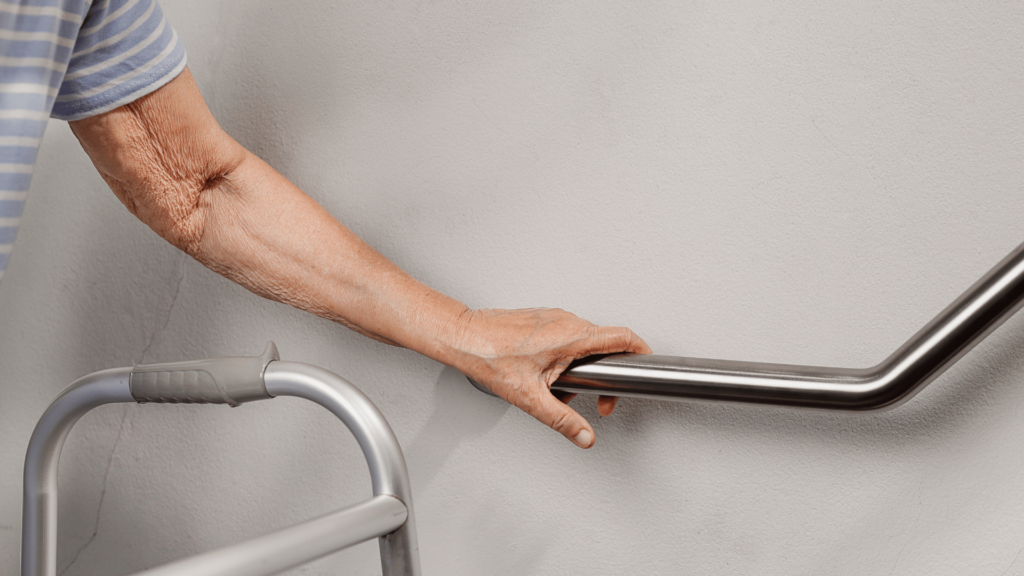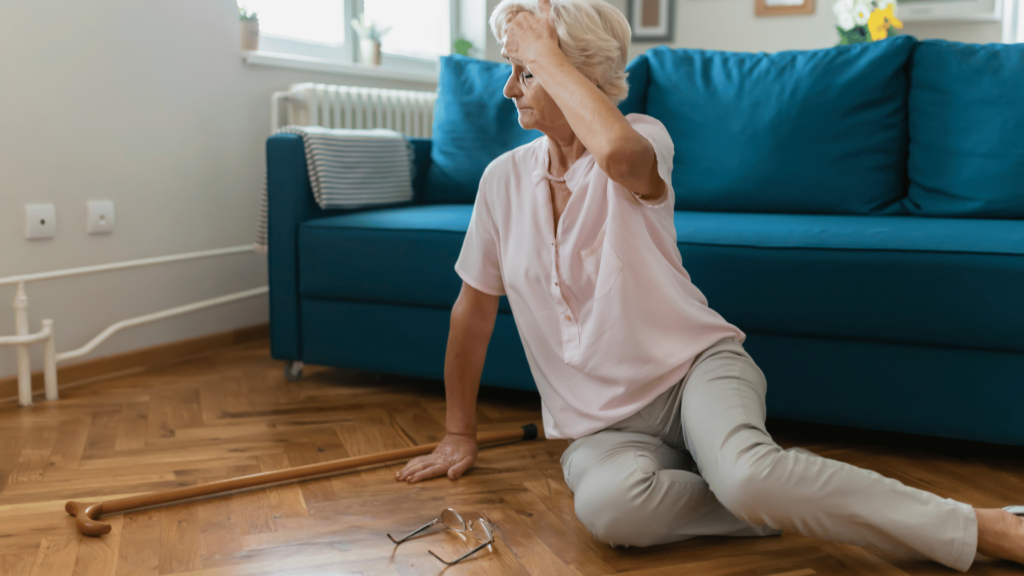
Creating a safe and supportive home environment becomes increasingly important as the needs and abilities of elderly family members evolve over time. Making safety modifications can help prevent accidents, increase comfort, and promote independence. One of the primary reasons safety-proofing is crucial is the high risk of falls.
According to the Centers for Disease Control and Prevention (CDC), one in four older adults fall each year, and many of these incidents occur at home, leading to serious injuries like fractures or head trauma. Beyond physical injuries, an unsafe home environment can contribute to feelings of isolation, anxiety, and reduced mobility. Making thoughtful adjustments to the living space can significantly reduce these risks and create a safer, more welcoming home for elderly individuals.
Preventing Falls: The Foundation of Home Safety
Preventing falls is the cornerstone of creating a safe home for seniors. To start, it’s essential to remove potential tripping hazards. Clear hallways, living areas, and stairs of clutter such as shoes, boxes, or electrical cords. Rugs should either be removed or secured with non-slip backing to prevent them from shifting. Any uneven or damaged flooring should be repaired, especially in high-traffic areas like the living room or kitchen, to reduce the risk of tripping.
Installing grab bars and handrails is another important step. In bathrooms, grab bars should be placed near the toilet, shower, and bathtub to provide extra support. Staircases should have sturdy handrails on both sides, and long hallways may benefit from grab bars as well. Proper lighting is equally important in preventing falls.
Brighten entryways, staircases, and hallways with higher-wattage bulbs to ensure clear visibility, and install night lights in key areas like bedrooms and bathrooms for safe nighttime navigation. Motion-sensor lights are also helpful for seniors who may have difficulty finding light switches in the dark.
Additionally, non-slip flooring is crucial in areas like the bathroom and kitchen, where surfaces are often wet. Non-slip mats or strips in these areas will provide better traction and reduce the risk of slipping.
Bathroom Safety: Minimizing Risks in a High-Risk Area
The bathroom, in particular, is a high-risk area for falls and injuries, making bathroom safety a top priority. Installing a walk-in shower or bathtub can eliminate the need for seniors to step over high thresholds, significantly reducing the likelihood of falls. Adding a shower seat is another important step, as it allows seniors to sit while bathing, reducing the risk of slipping on wet surfaces. Installing a handheld showerhead can also make bathing easier for seniors, particularly if they need to remain seated.
Another crucial modification is the installation of raised toilet seats. Many seniors struggle with the height of standard toilet seats, which can make standing up or sitting down difficult. Raised toilet seats with armrests provide added stability and can make the process easier.
Installing grab bars near the toilet further improves safety by giving seniors something sturdy to hold onto. For added peace of mind, consider adding a bathroom alarm or emergency pull cord, which can alert caregivers or emergency services if a fall occurs.

Enhancing Accessibility: Making the Home Easier to Navigate
Accessibility is another important factor when safety-proofing a home for elderly individuals. If the senior uses a walker or wheelchair, it may be necessary to widen doorways to allow for easier passage. Ideally, doorways should be at least 32 inches wide to accommodate mobility devices.
Additionally, installing ramps over stairs, particularly at entryways, can reduce the risk of trips and falls. Be sure to choose ramps with non-slip surfaces and handrails for added security. For outdoor ramps, ensure they are well-lit and free of debris, especially in winter months when snow and ice can accumulate.
Rearranging furniture can also improve accessibility. By creating clear walkways and ensuring that frequently used items are within easy reach, you can make the home safer and more comfortable for seniors. Furniture should be sturdy and stable to prevent tipping if leaned on. Placing commonly used items, such as remote controls, phones, and medications, within arm’s reach can further reduce the risk of falls.
Fire and Carbon Monoxide Safety: Protecting Seniors from Hazards
Seniors are often at higher risk during fire or carbon monoxide emergencies, making it essential to have proper safety measures in place. Smoke and carbon monoxide detectors should be installed on every floor, especially near sleeping areas. These detectors should be tested monthly, and batteries should be replaced as needed. For added safety, consider investing in smart detectors that can alert caregivers or emergency services directly if triggered.
Fire extinguishers should also be placed in strategic locations throughout the home, such as in the kitchen and near bedrooms. Ensure the extinguishers are easily accessible and that the elderly individual knows how to use them.
It’s also important to create an emergency plan in case of fire, outlining clear escape routes and making sure mobility aids are within easy reach. Regularly practicing fire drills can help seniors feel more confident in an emergency situation.
Additional Safety Tips: Supporting Overall Well-Being
In addition to fall prevention, accessibility, and fire safety, there are other ways to make a home safer for seniors. One important area is medication management, as older adults often take multiple medications and may have difficulty keeping track of them. Using weekly pill organizers and setting alarms or reminders can help seniors stay on schedule with their medications, reducing the risk of missed doses or overdoses.
Another key consideration is home monitoring. Installing security cameras or video doorbells can provide added security and peace of mind. For seniors who live alone or have limited mobility, a medical alert system can be invaluable. These devices typically come in the form of wearable pendants or wristbands and allow seniors to call for help in an emergency with the push of a button.
Organizing the kitchen for ease of use is another helpful step. Place frequently used items on lower shelves to avoid the need for seniors to reach or climb, and consider installing automatic stove shutoff devices to prevent accidents in the kitchen. Simplifying daily tasks can go a long way in making the home safer and more comfortable.
Creating a Safe and Comfortable Home for the Elderly
Safety-proofing a home for elderly individuals is a comprehensive process that focuses on fall prevention, accessibility, fire safety, and overall well-being. By making these modifications, caregivers can provide peace of mind while ensuring that seniors can maintain their independence in a safe and supportive environment.
Regularly reassessing the home for potential hazards and staying proactive in making adjustments will go a long way in ensuring a safe, comfortable space that promotes aging in place.
Need Extra Help? Consider Hiring an In-Home Caregiver
While safety-proofing your home is a crucial step in protecting your loved ones, sometimes additional support is needed to ensure their well-being and independence.
An in-home caregiver can provide personalized care, assistance with daily tasks, and companionship, giving you peace of mind knowing your family member is receiving the attention they need in the comfort of their own home.
Reach out to SeniorCare Companions today to discover more about our in-home assisted living services and how we can assist your family during this important phase of life.


